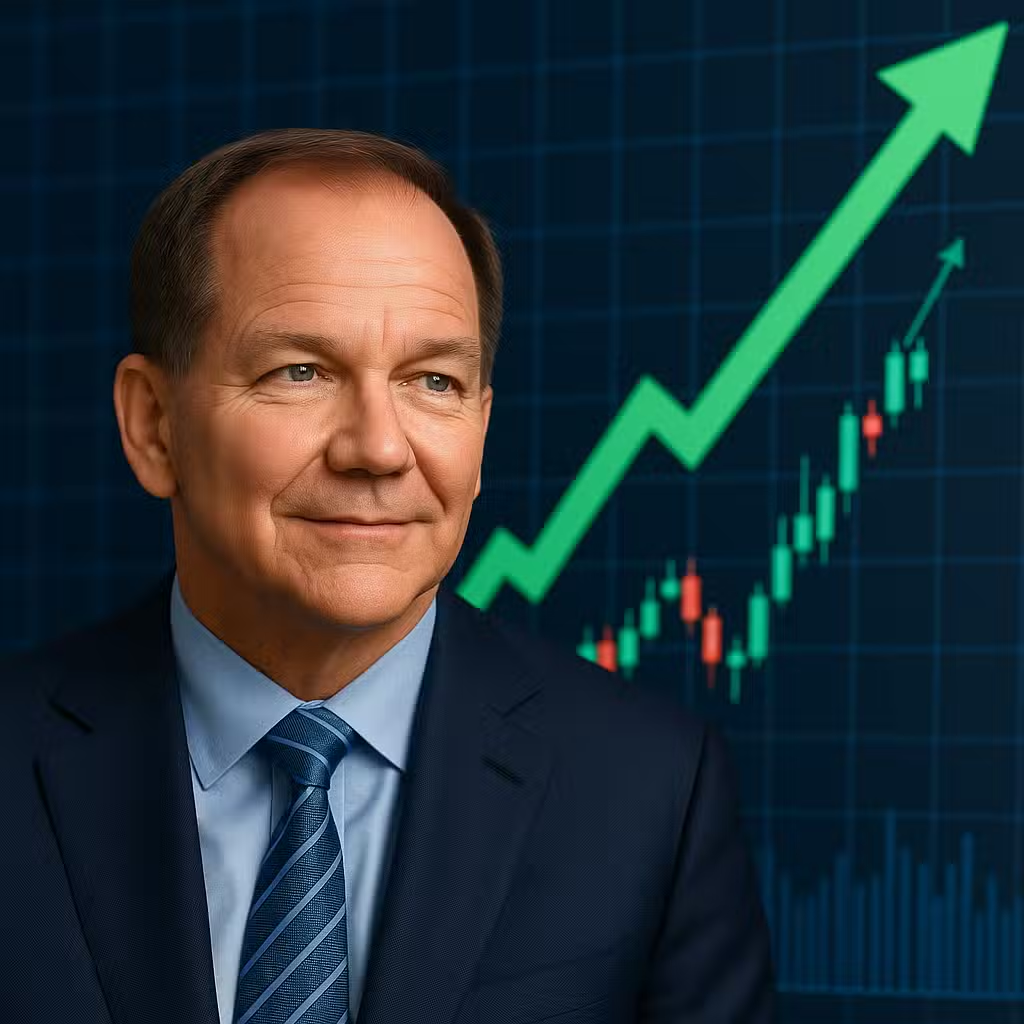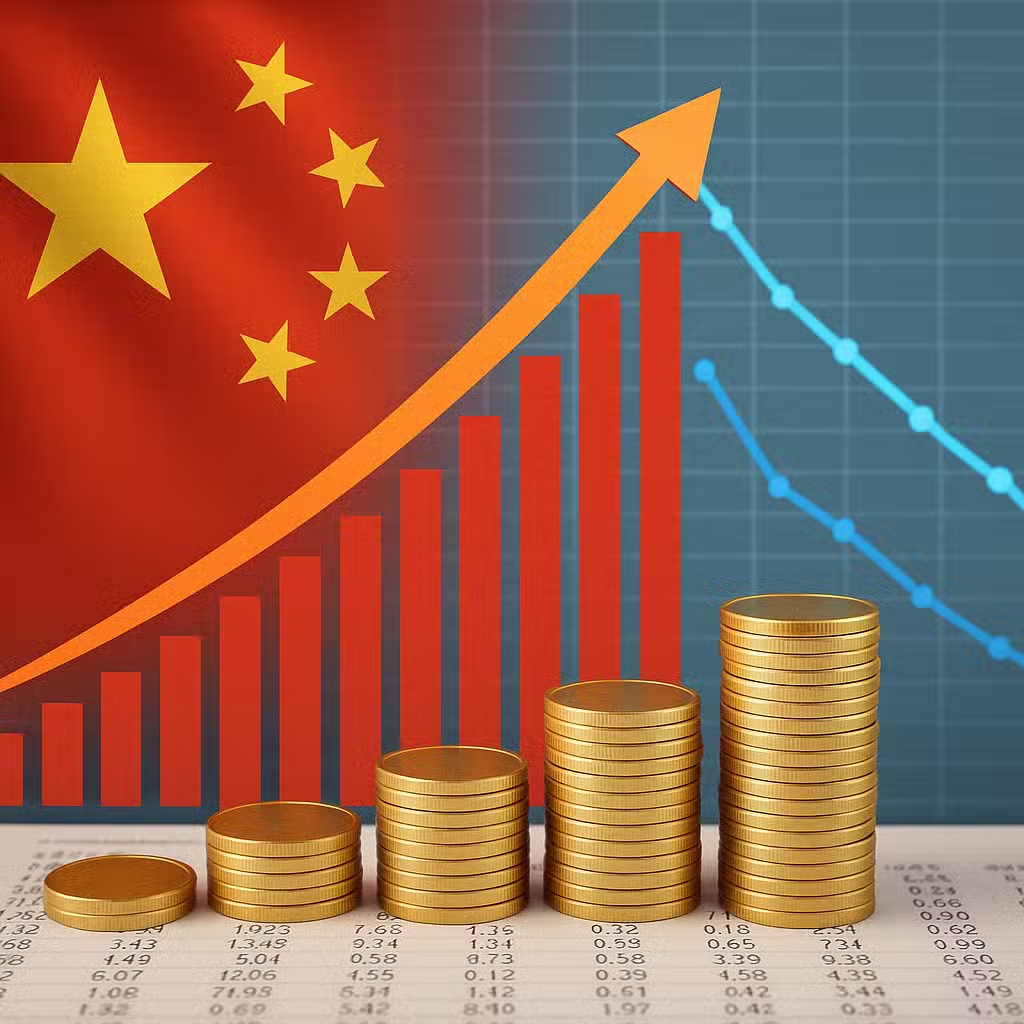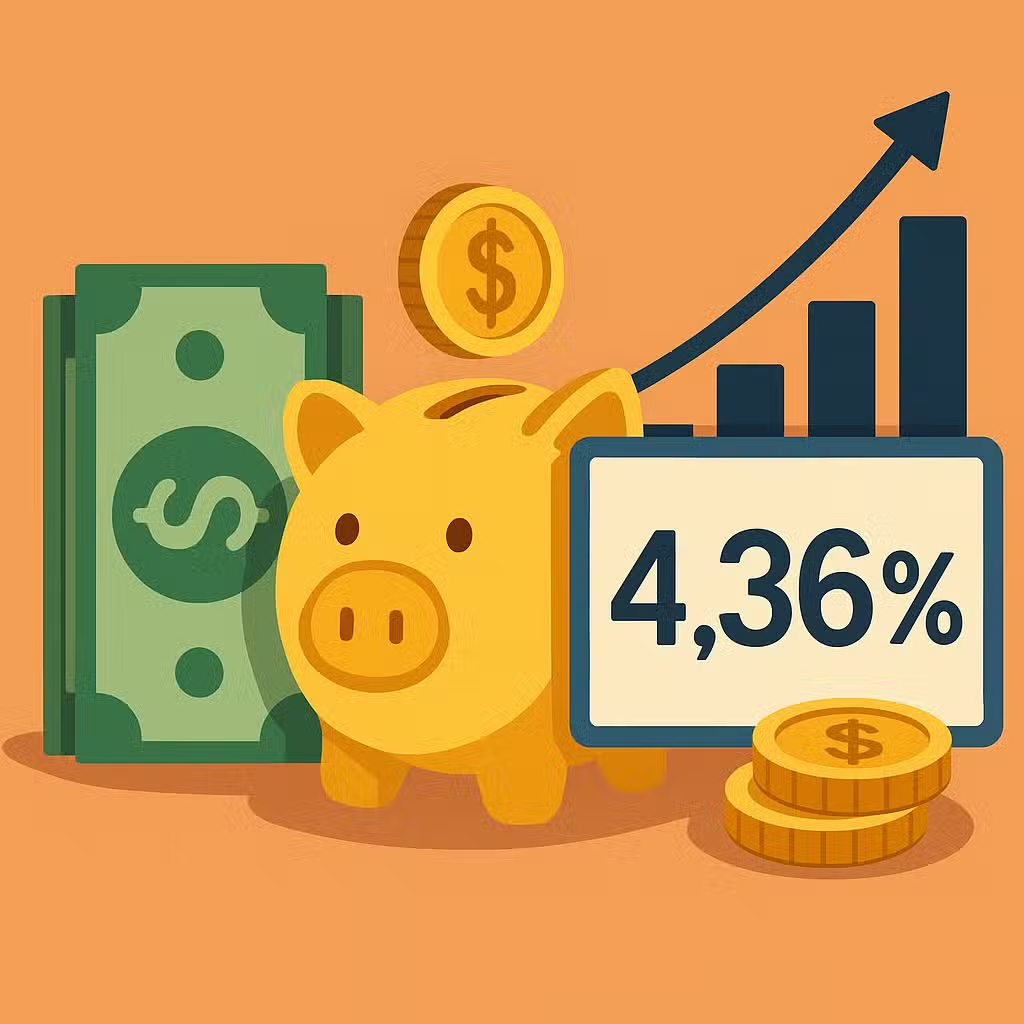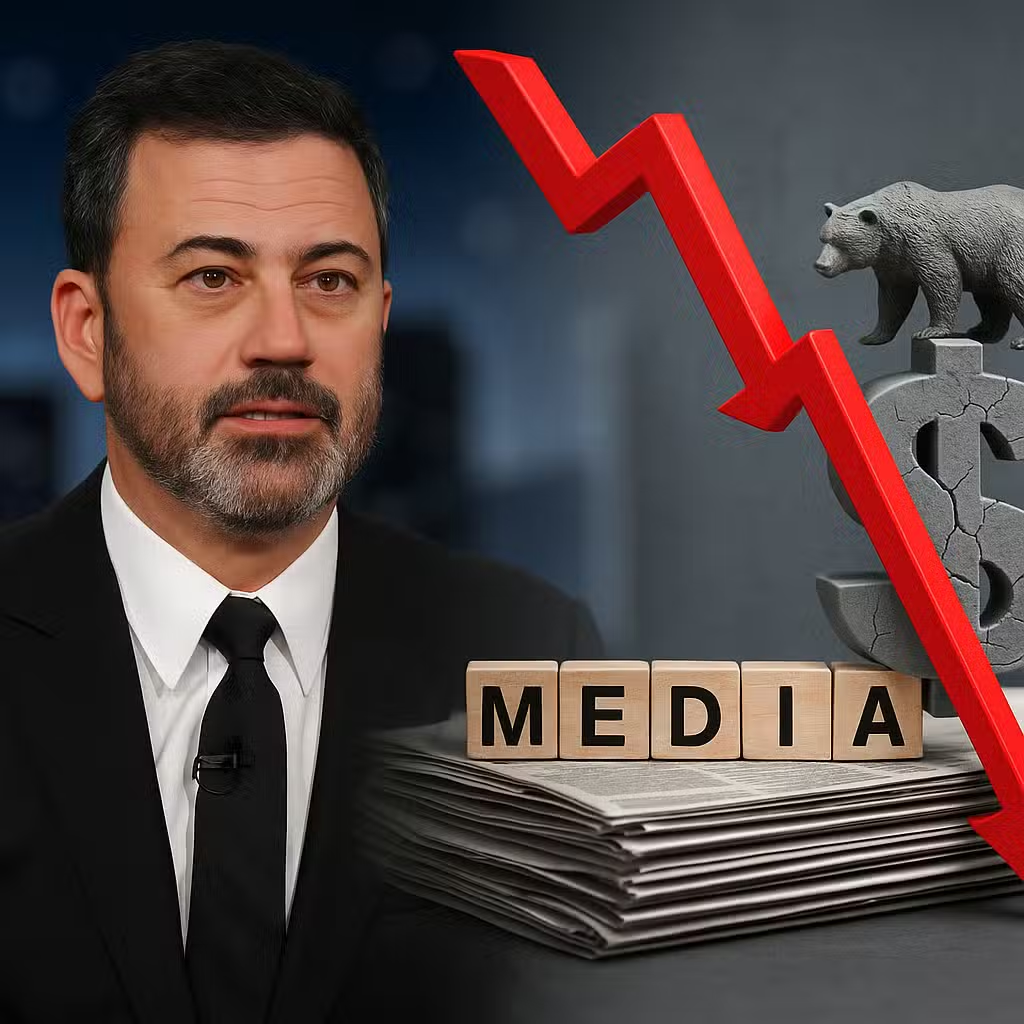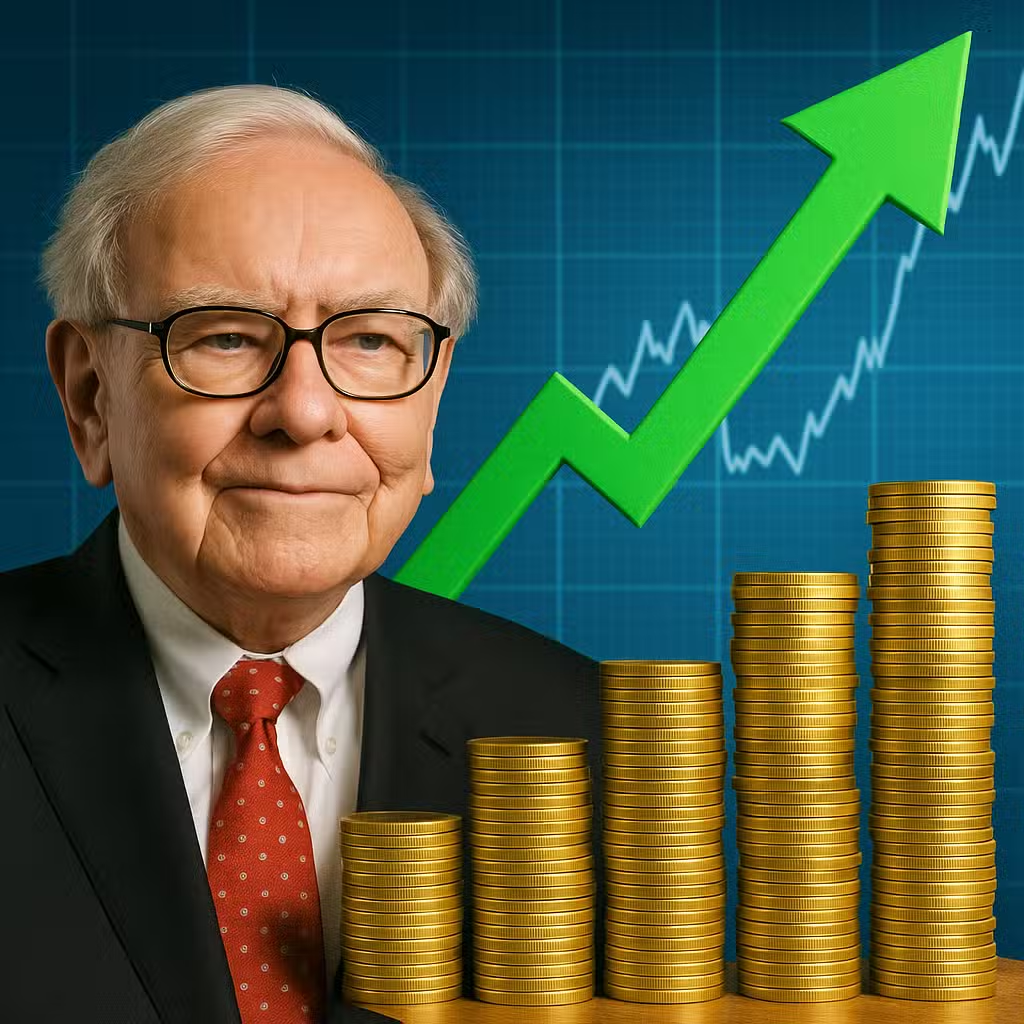Paul Tudor Jones Sees Potential Market Rally Ahead, Signaling Key Opportunity for Investors
Imagine watching a roller coaster climb higher and higher—you know it’s exciting, but you also wonder when the big drop will come. That’s how billionaire investor Paul Tudor Jones sees the stock market right now, and it matters for anyone with money in the market.
Why This Matters for Investors
Stock markets can make your investments grow, but they can also fall fast. Understanding what might happen next helps investors protect their portfolios and make smarter choices.
What Paul Tudor Jones is Saying
Paul Tudor Jones, a famous hedge fund manager, thinks we could see a huge rally in stocks before the market hits a peak—kind of like the final push up before a roller coaster drops. He compares today’s market to the late 1990s, when tech stocks soared before the dot-com bubble burst.
- Big Tech Surge: The Nasdaq Composite, full of technology companies, has jumped 55% from its April low to hit new record highs. This is mostly due to big tech companies betting big on artificial intelligence.
- Speculation Worries: Jones is nervous about risky deals in the AI space, which remind him of what happened before past market crashes.
Bullish View: Reasons to Be Optimistic
- Momentum Is Strong: Stocks are climbing fast, especially in technology. People don’t want to miss out.
- Policy Support: Unlike in 1999, the Federal Reserve is cutting interest rates, and the government is spending a lot of money. Some experts think this could keep the rally going.
- Room to Run: Jones doesn’t think the market will crash right away. He expects more people to jump in before things turn.
Bearish View: Reasons to Be Cautious
- History Repeats: Big rallies before a market top have happened before, and they often end with sharp drops. For example, before the dot-com crash in 2000, tech stocks soared and then fell hard.
- Risky Behavior: Lots of speculation and risky deals can make the market unstable.
- Economic Differences: The U.S. now has a large budget deficit (6% of GDP), while in 1999, there was a surplus. This mix of high spending and low rates hasn’t been seen since the 1950s, and no one knows exactly what will happen next.
What the Data Says
According to Federal Reserve data, U.S. government debt as a percent of GDP is close to record highs. Historically, big budget deficits and low interest rates have sometimes led to strong markets, but they can also make downturns worse when they come.
One study from the National Bureau of Economic Research found that the largest stock gains often happen right before major market tops—just like Jones describes.
What Is Different This Time?
While today’s market looks a lot like the late 1990s, there are key differences:
- Fed Policy: The Federal Reserve is easing rates now, not tightening like in 1999-2000.
- Government Spending: The U.S. government is spending much more money now than back then.
These changes could make the rally last longer—or make the next downturn even sharper.
Paul Tudor Jones’ Strategy
Jones says he would own a mix of gold, cryptocurrencies, and top tech stocks until the end of the year. He believes these could benefit from the current “fear of missing out” rally.
He’s famous for calling the 1987 stock market crash, so investors pay close attention to his views.
Investor Takeaway
- Stay Alert: Big gains often come before big drops. Don’t get caught off guard by chasing risky trends.
- Diversify: Consider spreading your investments across tech, gold, and even cryptocurrencies, as Jones suggests.
- Watch Policy: Keep an eye on what the Federal Reserve and government are doing—these decisions can move markets fast.
- Have a Plan: Decide now how you’ll react if the market starts to turn. Don’t wait until panic sets in.
- Learn from History: Remember the lessons of past bubbles—sometimes the biggest gains come just before the fall.
For the full original report, see CNBC

